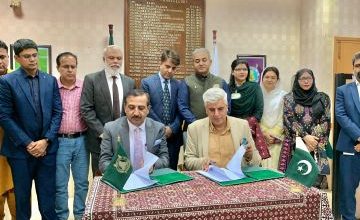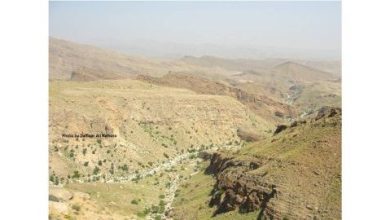Urban Heritage Walk for Students
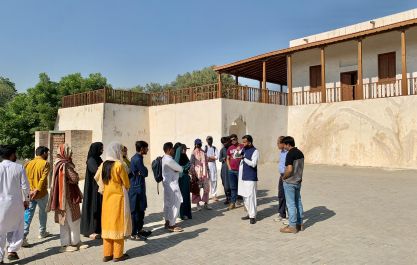
Urban Heritage Walk Connects Students with Hyderabad’s Living History
- The walk, part of the Urban Anthropology course, took students across two major heritage landmarks—Pakka Qila and Mukhi House
Jamshoro, Sindh
The Department of Anthropology and Archaeology, University of Sindh, Jamshoro, organized an Urban Heritage Walk offering students an opportunity to explore the historical and cultural layers of Hyderabad. The walk, part of the Urban Anthropology course, took students across two major heritage landmarks—Pakka Qila and Mukhi House.
 Led by course convenor Ms. Zahida and joined by departmental faculty, the visit aimed to help students understand how cities evolve through memory, identity, history, and social relations. The walk highlighted that urban spaces are not merely physical structures but living cultural landscapes shaped by people, communities, and political transitions.
Led by course convenor Ms. Zahida and joined by departmental faculty, the visit aimed to help students understand how cities evolve through memory, identity, history, and social relations. The walk highlighted that urban spaces are not merely physical structures but living cultural landscapes shaped by people, communities, and political transitions.
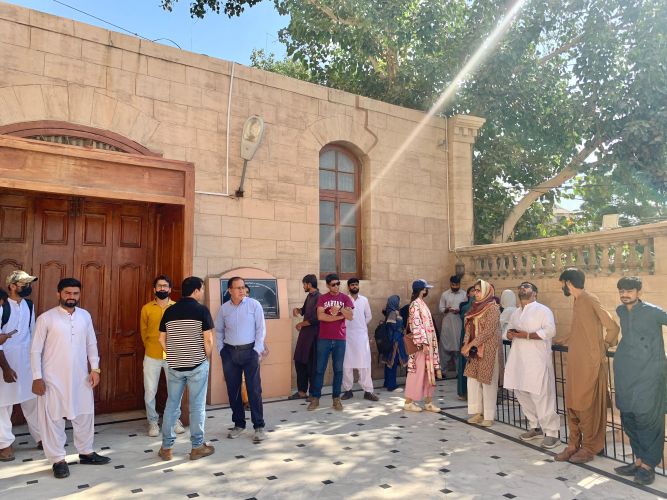 At Pakka Qila, Mr. Naqash Sahito, an anthropologist and alumni of the department currently serving in the Department of Culture & Antiquities, briefed the group on the fort’s origins. Built in the 18th century by Mian Ghulam Shah Kalhoro, the fort later became the site of the 1782 battle between the Kalhoras and Talpurs, a defining moment in Sindh’s political history. Students visited the restored Mir Harem and examined the conserved wooden defensive gate featuring traditional iron spikes.
At Pakka Qila, Mr. Naqash Sahito, an anthropologist and alumni of the department currently serving in the Department of Culture & Antiquities, briefed the group on the fort’s origins. Built in the 18th century by Mian Ghulam Shah Kalhoro, the fort later became the site of the 1782 battle between the Kalhoras and Talpurs, a defining moment in Sindh’s political history. Students visited the restored Mir Harem and examined the conserved wooden defensive gate featuring traditional iron spikes.
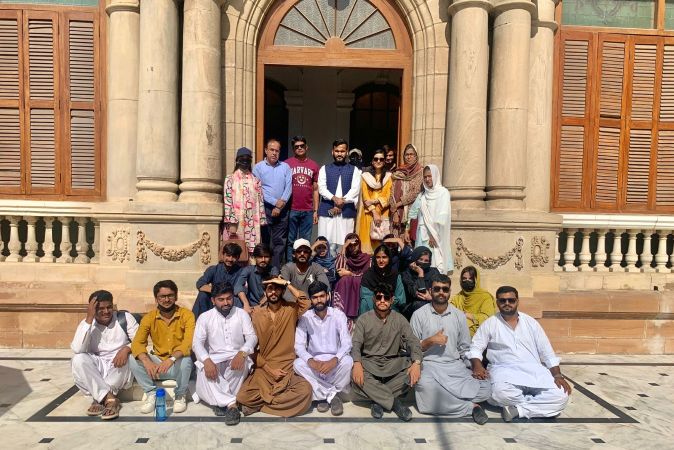 The group then proceeded to Mukhi House, where students learned about the influential Mukhi family and the role of indigenous custodians and their residences in shaping social and political life in colonial Sindh. They were informed that notable Subcontinent leaders—including Jawaharlal Nehru—had once stayed at the historic residence.
The group then proceeded to Mukhi House, where students learned about the influential Mukhi family and the role of indigenous custodians and their residences in shaping social and political life in colonial Sindh. They were informed that notable Subcontinent leaders—including Jawaharlal Nehru—had once stayed at the historic residence.
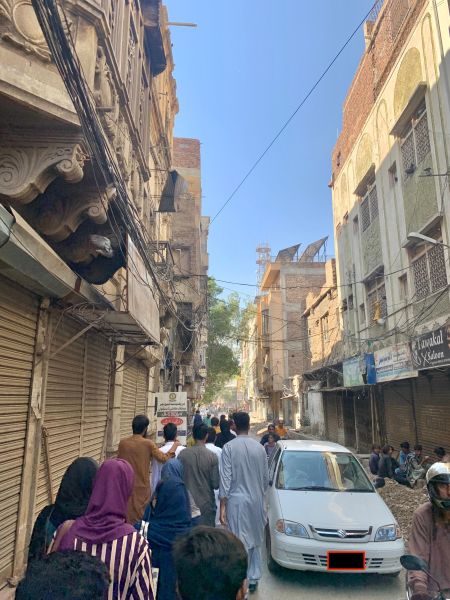 Faculty members Dr. Abdul Razaque Channa (Chairman), Dr. Rafique Wassan, and Dr. Muhabat Shah guided students in interpreting the sites through an anthropological lens, discussing themes such as social hierarchy, heritage preservation, collective memory, and the transformation of urban spaces over time. They also drew attention to current challenges such as encroachment and weak heritage protection, calling for stronger community engagement, involving intermediary forces and creating public awareness.
Faculty members Dr. Abdul Razaque Channa (Chairman), Dr. Rafique Wassan, and Dr. Muhabat Shah guided students in interpreting the sites through an anthropological lens, discussing themes such as social hierarchy, heritage preservation, collective memory, and the transformation of urban spaces over time. They also drew attention to current challenges such as encroachment and weak heritage protection, calling for stronger community engagement, involving intermediary forces and creating public awareness.
At the conclusion of the walk, Dr. Abdul Razaque Channa thanked Mr. Naqash Sahito and appreciated the efforts of the faculty, course convenor, and students. He emphasized that such field experiences are essential for understanding the “living city” and connecting academic theory with real-world contexts. (Press Release)
_________________


